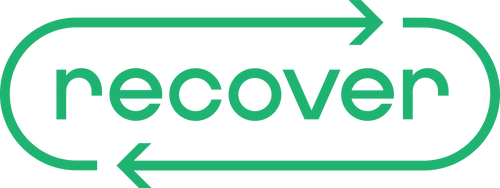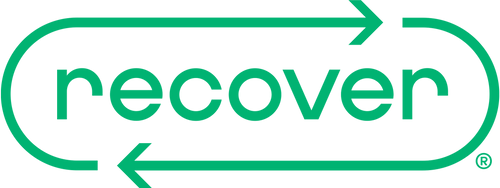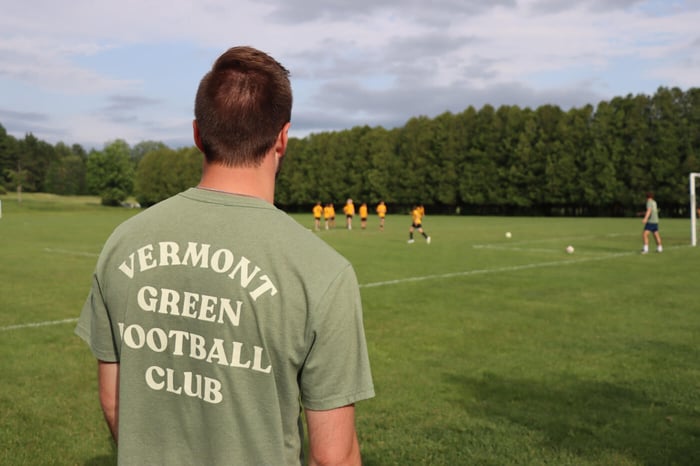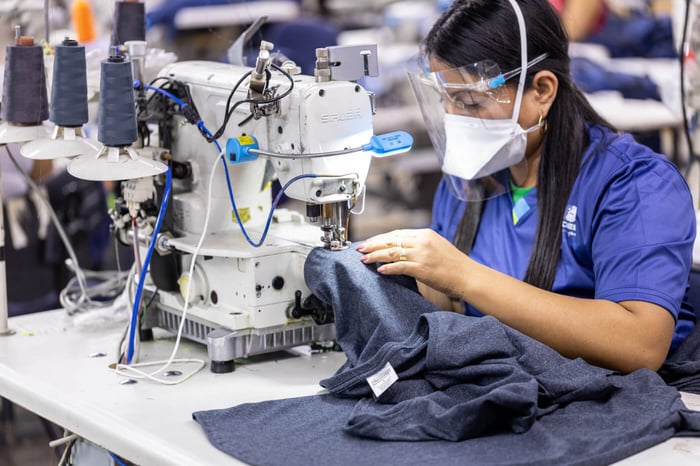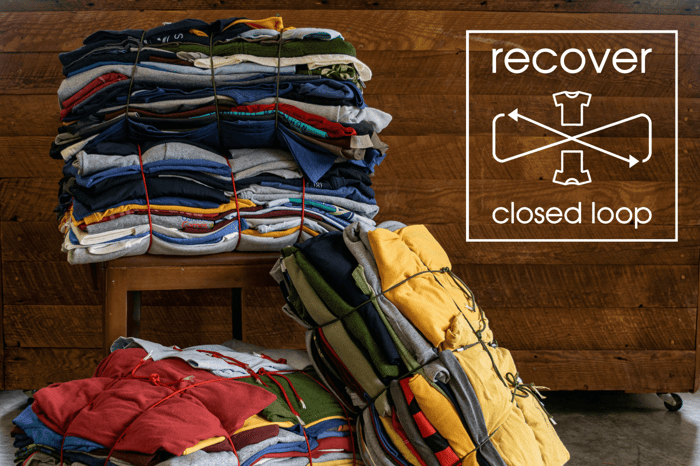Meet Vermont Green FC: a new USL League Two soccer club in their inaugural season with ambitions to grow the beautiful game through deeper connections with the community and the natural environment. Vermont Green FC believes soccer can be a powerful catalyst for a more environmentally sustainable and socially just world.
From the kickoff, they’ve been committed to:
- Becoming a net zero club following the standards set forth in the Science Based Targets (SBTi) initiative;
- Fighting systemic racism in soccer;
- Donating 1% of their annual sales to environmental nonprofits as 1% for the Planet members;
- Sourcing environmentally-friendly and socially-responsible merchandise; and
- Using their platform to advance environmental justice in soccer and in their community.
Vermont Green FC is revolutionizing more than sustainability in sport; they are practicing holistic, environmental justice thinking to inspire action in soccer, and across industries with their partners, to address some of our world’s most pressing and greatest challenges.
We were lucky enough to catch up with Keil Corey, Co-founder and Chief Purpose Officer of Vermont Green FC. We got the inside story of who they are, what drives them, and why they choose Recover merchandise.

Keil, tell us a bit about the club’s background…
Friend and co-founder of Vermont Green FC, Matt Wolff reached out to me at the start of the pandemic. We played soccer together at Skidmore College in upstate New York. After college, Matt continued to work in pro soccer; he is a Designer and Art Director who has worked for Nike, New York City FC, clubs throughout the entire U.S. Soccer Pyramid, and soccer-affiliated organizations. His work on crest and kit design has received national and international acclaim, including designing the 2018 World Cup Nigerian and French National Team jerseys.
As was the case for many of us, the disruption, uncertainty, and slowing down that happened at the start of the pandemic, forced Matt to take some time to reflect on what he was doing in his career and life. He realized there is still a large gap between corporate business models that require selling increasing amounts of stuff and the very real and growing environmental and social crisis our society has to address immediately. The urgency of climate change in particular made Matt realize he needed to do more to align his values with his career in sports and create positive action by addressing climate change through soccer and the global reach of the game. Over half the world's population watched the 2018 World Cup. Soccer, or football as it’s known in the rest of the world, crosses -cultures, religions, politics, and borders. The Club recognized there was an opportunity to leverage the beautiful game’s shared values, like teamwork, fair play, and inclusion to address issues of climate change and social justice in new ways.
I grew up in Vermont, and Matt, having built a lot of friendships with Vermonters, as well as visiting the state over the years, was familiar with Vermont and its eclectic, alternative, and environmentally- and socially-focused values. It was his first thought for where this idea could really have roots. He reached out to me because I grew up in Vermont, have spent most of my working life there, and I have a diverse background in environmental work, having worked in nonprofits, solar, carbon offsetting for businesses, and impact investing, specifically doing research on mission-aligned investing focused on racial equity. So he recognized this idea brought two of my greatest passions in life together: sustainability and soccer. When Matt reached out, we teamed up to start bringing the vision of Vermont Green FC to life.

What are the key elements of Vermont Green FC?
At the start of Vermont Green FC, we decided on several key goals. We wanted to have tangible and science-based measures and partners to become a net zero football club, integrate and promote environmental justice and anti-racism in soccer, and have purpose-driven apparel.
To become a net zero football club, we needed guidance and accountability and found the Science Based Targets initiative, an international organization that provides the world’s first framework for corporate net-zero target setting in line with climate science.
The biggest stumbling block at international climate conferences, and the biggest reason we’ve so far failed to scale a global response to meet the climate crisis, has to do with coming to terms with the social justice issues embedded in climate change. This is known as climate justice. To bridge this gap, we knew we needed to do more than just research the principles of climate justice. We needed to embed social justice, specifically anti-racist actions and behaviors, into club DNA in a way that benefits our local community. So we were lucky to see a presentation by the founders of the Anti Racist Soccer Club, a coalition of pro players, former pro players, and experts working to fight racism in soccer, as at the USL conference we attended last winter. We quickly realized that in order to better understand and take action through the lens of environmental justice, whether we’re talking about climate change or other environmental issues, we needed to deepen our understanding of the social justice elements. We also understood we needed a supportive and collaborative community, and to be held accountable to our goals. As a member of Anti Racist Soccer Club, we collaborate with professional and former professional players, sports organizations, and experts throughout the US to develop a ten point plan that fits the needs of our local community and establishes goals and an action plan for the first season and beyond..
The third piece of Vermont Green FC is purpose-driven apparel.

Where did you all start with the key element of purpose-driven apparel?
I had gotten some exposure to the world of sustainable fashion as a student at the University of Vermont’s Sustainable Innovation MBA. That period helped me understand the big issues in apparel and gave me some helpful connections and resources to begin researching what might be possible for our club. Circularity was top of mind as I began my research and that’s how I came across Recover. What has stood out to me and my team at Vermont Green FC was the comprehensive and ahead-of-the-game nature of Recover’s operations. It was clear Recover had set the intention to do things differently and had sustainability as the primary goal from the start. Based on what I have found to date, there is no one else in the U.S. industry that’s doing what you’re doing at a wholesale level.
Recover’s focus on circularity, from sourcing recycled materials, to upcycling fabrics into new garments, and closing the loop with customers who can send their clothing back to your company to upcycle into new apparel is something we knew we wanted to support and be a part of, and is what we need to do economy-wide, across industries. There is obvious intentionality behind Recover, and the circularity piece captured me because I had been talking to quite a number of companies and sustainable fashion practitioners, and had only seen some companies addressing a portion of the closed loop ecosystem. This is entirely understandable as it’s a complicated process, which gets more complicated when you’re at the multinational level, the technology to recycle blended fabrics hadn’t scaled, and the business model was still in the early stages of development for many companies, or so it seemed. Recover, however, was the only company that seemed to have figured it out to a large extent, from the tech, to the supply chain, to the business model.. In the big landscape of apparel companies, Recover is way ahead of the pack, as far as I can tell. When I stumbled upon Recover, it kind of blew my mind. Many people had told me this wasn’t possible yet, but Recover is actually doing it..
What also stood out to us is that Recover has been focused on their supply chain from the start, with a high-level understanding and integration of renewable energy, localized supply chains, providing employees with positive work environments and living wages - the more I dug into so many of the aspects of Recover apparel, the more I saw connections with environmental justice as well.
Amazing. Thanks so much Keil!
In our full interview, Keil noted, “There’s no real blueprint for the work we’re doing.” It’s safe to say this soccer club is leading the way in pressing work and intention we can all be a part of, prioritize, learn more about, and ultimately, create new blueprints for how to do things. Keil will be joining Bill and Adam on the Be the Impact podcast today, so be sure to tune in.
